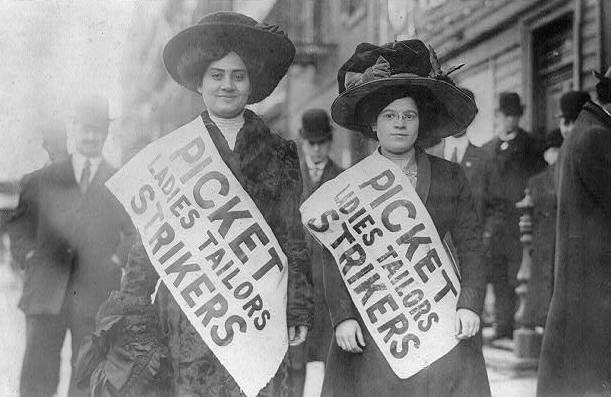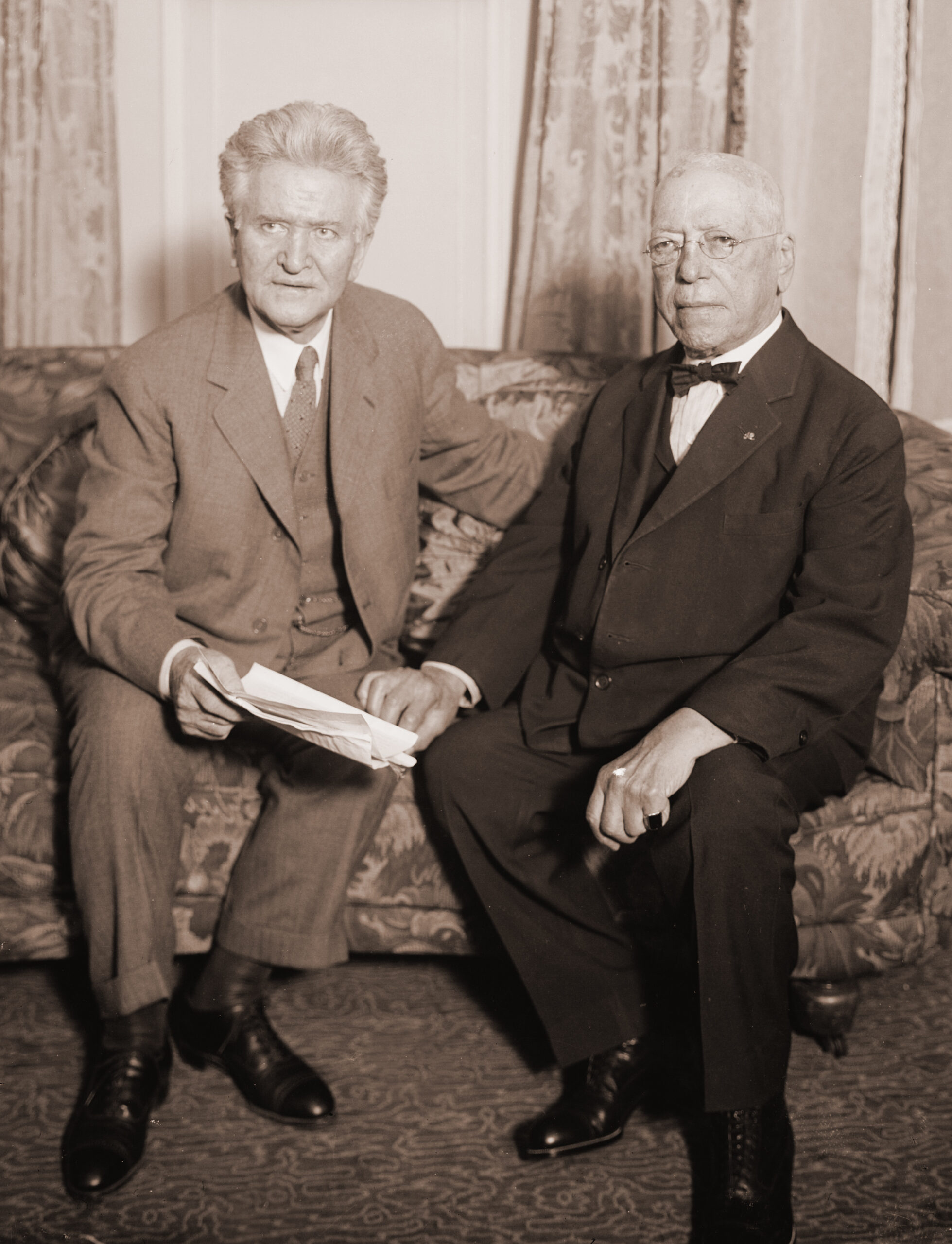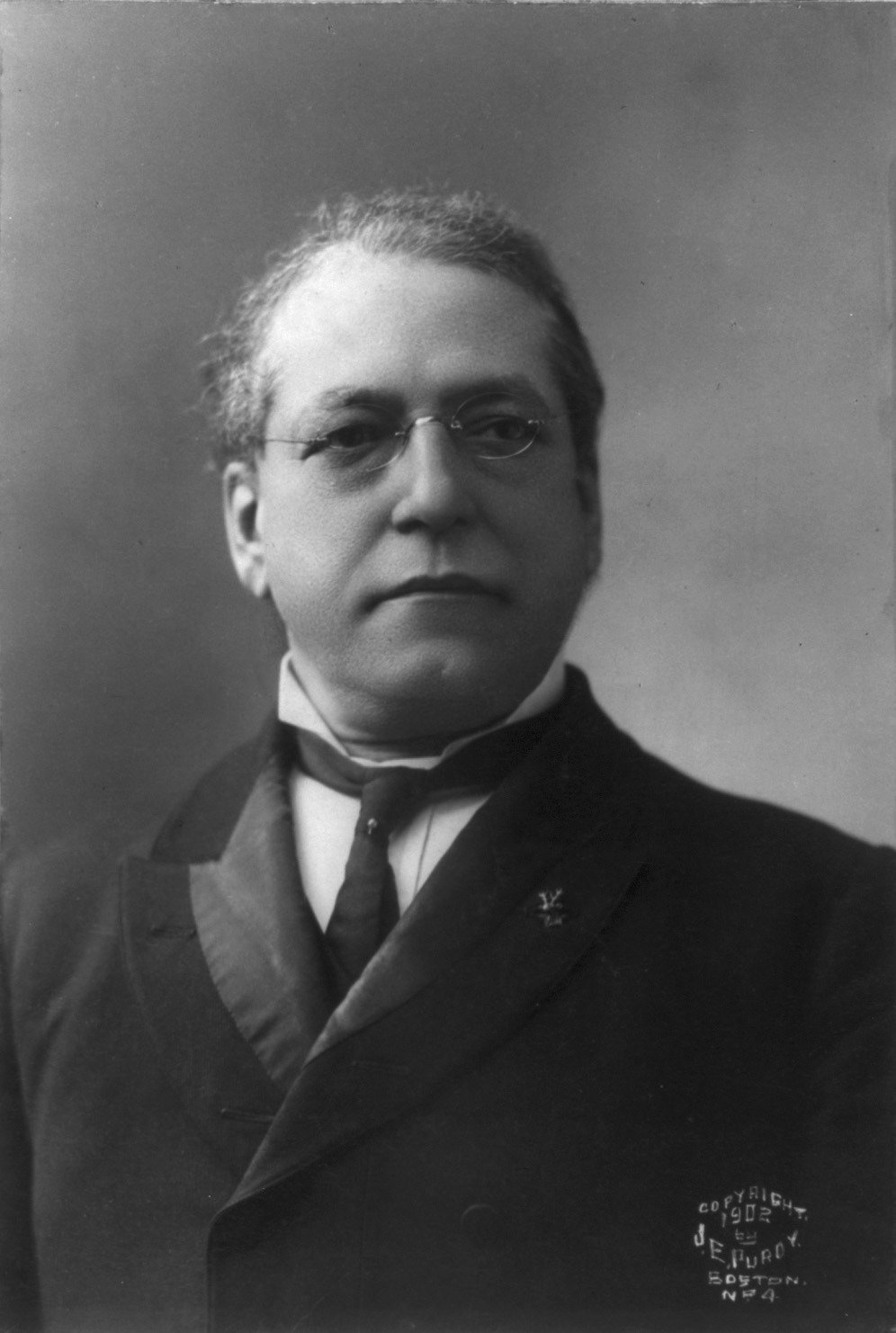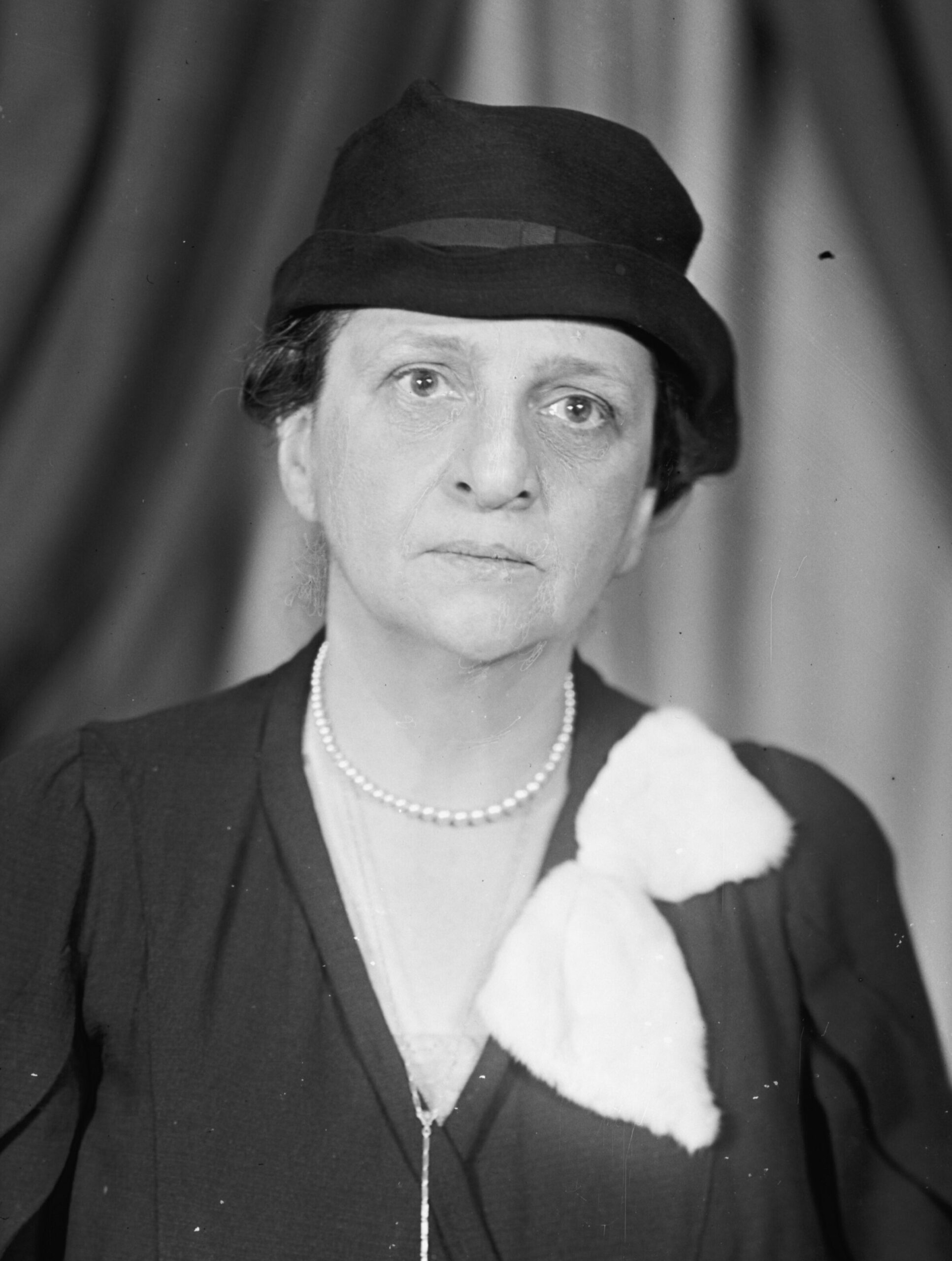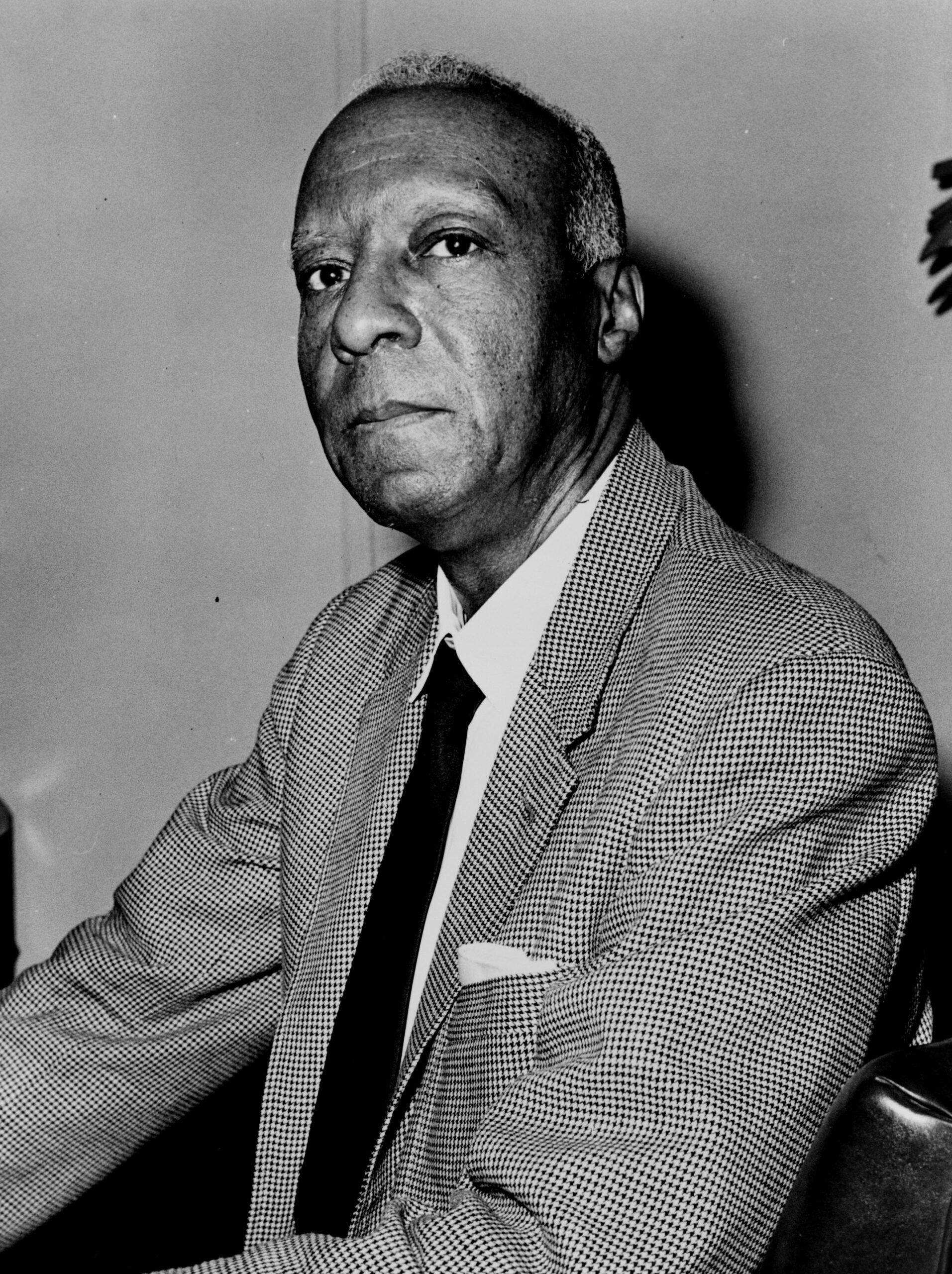Labor unions have long been pivotal in shaping the political and economic landscapes across the globe, serving as a collective voice for workers’ rights, fair wages, and social justice. In New York City (NYC), with its rich history of industrialization and diverse workforce, labor unions have played an especially crucial role. The city’s unique economic, social, and political fabric has been significantly influenced by the actions and demands of its labor unions. From the early days of the labor movement in the 19th century to the complex labor issues of the 21st century, NYC has been a battleground for labor rights and a model for union activism.
This article explores how labor unions have molded the political influence in NYC throughout history, highlighting their achievements, challenges, and enduring impact on the city’s policies and its people. Through a deep dive into the historical context, significant milestones, and key figures, we will uncover the significance of labor unions in shaping NYC’s political landscape, illustrating their role not just as workers’ advocates but as powerful agents of change in one of the world’s most dynamic cities.
Historical Context
The Birth of Labor Unions in NYC
Early Labor Movements in the 19th Century: The foundation of labor unions in NYC during the 19th century was a response to the harsh realities of industrial work. Workers faced long hours, unsafe conditions, and meager pay, prompting the formation of early labor movements. These initial steps towards organized labor were often met with resistance from employers, setting the stage for a long-standing struggle for workers’ rights.
Key Industries and the Rise of Worker Collectives: In the backdrop of NYC’s economic expansion, several key industries emerged as the epicenters of labor organizations. The garment industry, construction, and shipping were among the first to see the rise of worker collectives. These early unions were crucial in advocating for better working conditions, setting the groundwork for the labor movement’s future successes.
Growth and Evolution Through the 20th Century
The Impact of the Industrial Revolution on NYC’s Workforce
The Industrial Revolution catalyzed profound changes in the labor market, dramatically altering the workforce’s composition and conditions. As factories increased, the demand for labor surged, drawing thousands to NYC in search of work. This period underscored the urgent need for labor unions as workers sought to navigate the challenges of industrial labor, from unsafe working environments to unjust labor practices.
Major Labor Strikes and Their Outcomes:
The 20th century witnessed several pivotal labor strikes that highlighted workers’ plight and led to significant legislative and social changes. Among these were:
- The Uprising of the 20,000 (1909-1910) was a massive strike by garment workers that improved working conditions in the industry.
- The 1934 Longshoremen’s Strike significantly impacted the shipping industry and helped establish the National Labor Relations Act, securing workers’ union rights.
- The Transit Strike of 1966 was a landmark event that brought the city to a standstill and resulted in state legislation that recognized public employees’ right to collective bargaining.
The Modern Era
Transition from Industrial to Service-Oriented Labor Movements
The latter part of the 20th century and the onset of the 21st century marked a significant shift from industrial-based labor to service-oriented movements. This transition reflected the broader economic changes in NYC, moving away from manufacturing to focus more on services, healthcare, and education. Labor unions adapted to these changes, broadening their focus to include various professions and issues, from minimum wage for fast-food workers to rights and protections for gig economy workers.
The Role of Globalization and Technology in Shaping Current Labor Unions
The forces of globalization and technology have introduced new challenges and opportunities for labor unions. On the one hand, the global economy has led to job outsourcing and a race to the bottom in labor standards; on the other, technology has provided labor movements with new tools for organization and activism.
Today’s labor unions leverage digital platforms to mobilize members, advocate for policy changes, and raise public awareness about labor issues. The adaptation to these global trends is a testament to the resilience and innovation of the labor movement in NYC, ensuring that it remains a relevant and powerful force in advocating for workers’ rights in the modern era.
Political Milestones Influenced by Labor Unions
Legislative Wins
The Establishment of Labor Laws
Labor unions have been at the forefront of advocating for laws that protect workers’ rights and improve their working conditions. Significant legislative wins include the establishment of the minimum wage, which ensures workers receive fair compensation for their labor, and laws regulating working hours, which aim to prevent exploitation and overwork. These victories have set standards that benefit not just union members but all workers, showcasing the unions’ ability to effect change through collective action and negotiation.
Health and Safety Regulations
Beyond economic concerns, labor unions have also prioritized workers’ health and safety. Their advocacy has led to the implementation of stringent health and safety workplace regulations, reducing the risk of accidents and occupational diseases. These regulations testify to unions’ commitment to protecting workers’ well-being, underscoring the belief that everyone deserves to work in a safe and healthy environment.
Labor Unions and Political Campaigns
- Support for Pro-Labor Politicians: Labor unions wield considerable influence in political campaigns, often supporting pro-labor politicians who share their values and objectives. This support can take various forms, from endorsements to mobilizing members to participate in campaigns. The backing of a powerful union can be a pivotal factor in an election, providing candidates with a robust network of advocates and volunteers.
- The Impact of Union Endorsements on Elections: A labor union’s endorsement of a candidate is more than just a symbolic gesture; it can significantly influence the outcome of elections. Union endorsements often come with financial support, grassroots organizing, and voter mobilization efforts, which can sway public opinion and encourage turnout among union members and their communities.
Social Justice and Labor Unions
The Role of Labor Unions in Civil Rights Movements
Labor unions’ influence extends beyond the workplace into broader social justice arenas, including the civil rights movement. Unions have historically stood in solidarity with civil rights activists, recognizing that the fight for labor rights is intrinsically linked with the struggle against racial discrimination and inequality. By advocating for equal rights and representation for all workers, regardless of race, unions have contributed to the progress of civil liberties in NYC and beyond.
Advocacy for Immigration Reform
Recognizing the significant contribution of immigrants to the workforce and the economy, labor unions have also been vocal advocates for comprehensive immigration reform. Their efforts aim to protect the rights of immigrant workers, advocating for policies that provide a pathway to citizenship, prevent exploitation, and ensure fair labor practices. This stance reflects the unions’ commitment to inclusivity and justice for all workers, highlighting their role as a force for progressive societal change.
Key Figures and Organizations
Influential Leaders
- Samuel Gompers: As the founding president of the American Federation of Labor (AFL), Gompers played a crucial role in shaping the early American labor movement. His advocacy for skilled workers and pragmatic approach to labor relations set the tone for the first wave of unionization in the United States. Gompers’ emphasis on collective bargaining and labor legislation has left a lasting imprint on labor union strategies.
- Frances Perkins: Perkins’ role as the U.S. Secretary of Labor and her contributions to worker’s rights and safety are unparalleled. A key architect behind the New Deal, Perkins helped enact crucial labor reforms, including establishing the minimum wage and the Social Security Act. Her legacy as a champion for labor rights continues to inspire labor movements today.
- A. Philip Randolph: Randolph’s leadership in the Brotherhood of Sleeping Car Porters and his pivotal role in the civil rights movement highlights the intersection of labor rights and racial justice. His organization of the March on Washington for Jobs and Freedom in 1963 was a watershed moment, demonstrating the power of labor unions in advocating for societal change beyond the confines of the workplace.
Prominent Labor Unions
- The International Ladies’ Garment Workers’ Union (ILGWU): The ILGWU played a vital role in advocating for garment workers’ rights, many of whom were women and immigrants. The ILGWU fought for better wages, working conditions, and respect for garment workers through strikes and protests, setting a precedent for labor activism in the apparel industry.
- The American Federation of Labor (AFL): Under the leadership of figures like Samuel Gompers, the AFL became one of the most influential labor unions in the United States, focusing on skilled workers and advocating for fair labor practices. Its emphasis on collective bargaining and political engagement helped shape the labor movement’s strategies for decades.
- The Congress of Industrial Organizations (CIO): The CIO emerged from a split within the AFL and was pivotal in organizing unskilled and semi-skilled workers in mass production industries. Its innovative tactics and inclusive approach to union membership played a critical role in expanding the scope and influence of labor unions in the 20th century.
Impact on NYC’s Political Landscape
Policy Influence
Labor unions have wielded considerable influence over policy-making in NYC, playing a critical role in shaping local and state legislation. Their advocacy efforts have brought workers’ rights, affordable housing, and public education to the forefront of public policy debates. By mobilizing their membership and leveraging their political connections, unions have championed the enactment of progressive laws that benefit not only their members but also the broader public.
Economic Impacts
On the economic front, labor unions have been a driving force in establishing wage standards that aim to reduce economic disparities. Their negotiations have often set wage benchmarks across various sectors, influencing non-unionized workplaces. Furthermore, in economic crises, labor unions have played a crucial role in advocating for policies that support economic recovery and protect workers from the brunt of downturns, highlighting their role as stabilizers within the city’s economy.
Cultural and Social Influence
Culturally and socially, labor unions have shaped New York City’s identity as a bastion of worker rights and labor activism. Their history of organizing and advocating for equitable working conditions resonates with the city’s narrative of resilience and diversity. Beyond the picket lines and bargaining tables, unions have fostered community support networks and social cohesion, offering various forms of assistance to their members and the communities they inhabit. These contributions have bolstered NYC’s social fabric, making the city a model for labor rights and solidarity.
The comprehensive impact of labor unions on New York City’s political landscape underscores their role as more than just advocates for worker rights. They are integral to the city’s policy-making processes, economic resilience, and cultural identity, reinforcing their importance in shaping a more equitable and inclusive society.
Challenges and Criticisms
Internal Challenges
Labor unions have faced internal challenges, including corruption and internal conflicts, that have sometimes undermined their credibility and effectiveness. Such issues have necessitated reforms within unions to ensure transparency, accountability, and democratic governance. Additionally, adapting to a changing workforce characterized by shifts in industry focus, employment patterns, and worker demographics has posed significant challenges for traditional labor unions in remaining relevant and effective in advocating for worker rights.
External Challenges
Externally, labor unions in NYC have contended with opposition from business interests and political groups that view labor activism as hindering economic growth and competitiveness. These entities often lobby against pro-labor legislation, creating legal and political hurdles for union activities. The 21st century has introduced new challenges in the form of evolving labor laws and regulatory environments, requiring unions to navigate a complex legal landscape to protect and advance workers’ rights.
The Future of Labor Unions in NYC
Adapting to New Industries
Looking ahead, the future of labor unions in NYC hinges on their ability to adapt to new industries, such as the gig economy and tech sector, which represent a significant portion of the modern workforce. Organizing workers in these sectors, many of whom are classified as independent contractors and thus lack traditional labor protections, presents both a challenge and an opportunity for unions to innovate in their advocacy and organizing strategies.
Political Engagement and Strategy
Maintaining political influence will require labor unions to refine their political engagement and strategy. This includes continuing to lobby for pro-labor policies, backing sympathetic political candidates, and forging alliances with social movements and community organizations that share similar goals. Such collaborations can amplify their political power and extend their influence on issues that intersect with labor rights, such as racial justice, immigration reform, and economic inequality.
Conclusion
Labor unions in New York City have played a pivotal role in shaping the city’s political, economic, and social fabric. They advocate tirelessly for workers’ rights and influence significant legislative and policy changes. Their efforts have secured better wages, working conditions, and safety regulations for workers and contributed to broader societal reforms, including civil rights and immigration laws. Despite facing challenges from internal dynamics and external pressures, labor unions have demonstrated resilience and adaptability, evolving with the changing workforce landscape and the economy.
As we look towards the future, the continued relevance and impact of labor unions in NYC hinge on their ability to innovate and engage with new industries and emerging labor markets. Their legacy of solidarity and advocacy provides a strong foundation for addressing the challenges of the modern era, including the gig economy and technological advancements. By maintaining their commitment to workers’ rights and expanding their reach to include a diverse and evolving workforce, labor unions stand to continue their vital role in advocating for equitable and just working conditions, shaping NYC’s identity as a stronghold of labor activism and a beacon for labor movements worldwide.

